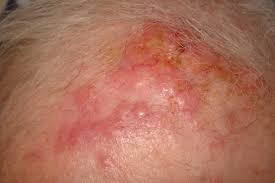Researchers have discovered why some lung cancer and melanoma develop deadly resistance to targeted therapies.
Intricate DNA sequencing tests was performed on single cells using genetic models of lung cancer and melanoma.
Lung cancer and melanoma are amongst the hardest to treat of all the cancers because of their capacity to change their genetics and developing resistance to targeted therapies.
Researchers used animal models from tumours derived from patients and single-cell genomics to develop a hypothetical model of resistance, known as “fitness threshold model,” that shows why and how resistance to therapy occurs in lung and melanoma cancer.
Tumours like melanoma and lung cancers can grow back shortly after therapy, but when they do they are made of genetically diverse sub-groups of malignant cell that are resistant to treatment.
The genetic diversity of the lung cancer and melanoma tumour allow them to adapt to the treatment and resist it. The effect of a given drug with the selection of resistance-causing alterations in DNA, resulting in significant implications for the treatment of cancer patients.
The way the drugs are administered during therapy can have a critical impact on the outcome of the response to treatment; intermittent administration enables simultaneous delivery of multiple targeted therapies while maintaining lower toxicity.
haleplushearty.blogspot.com


